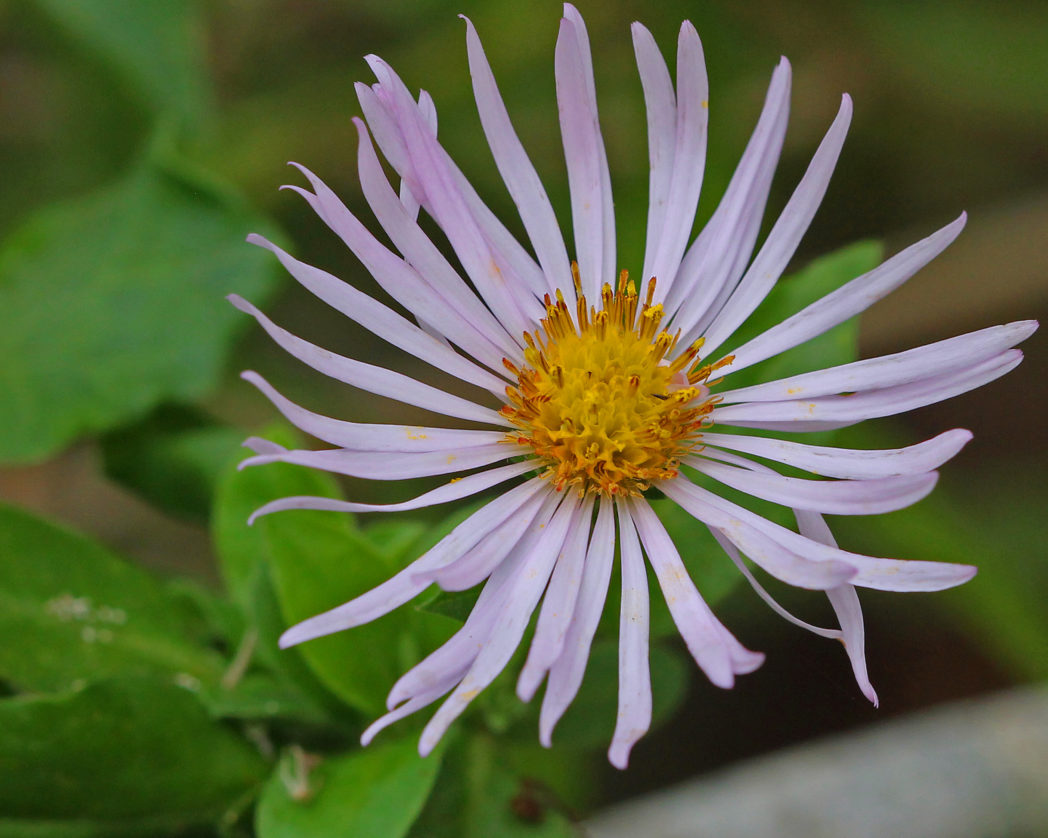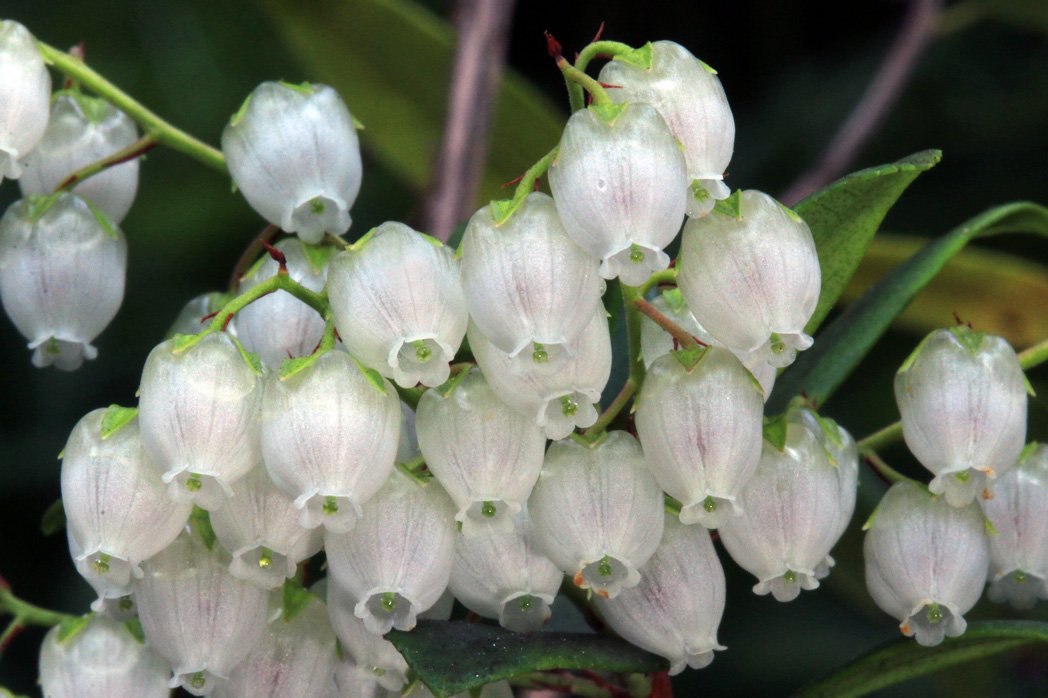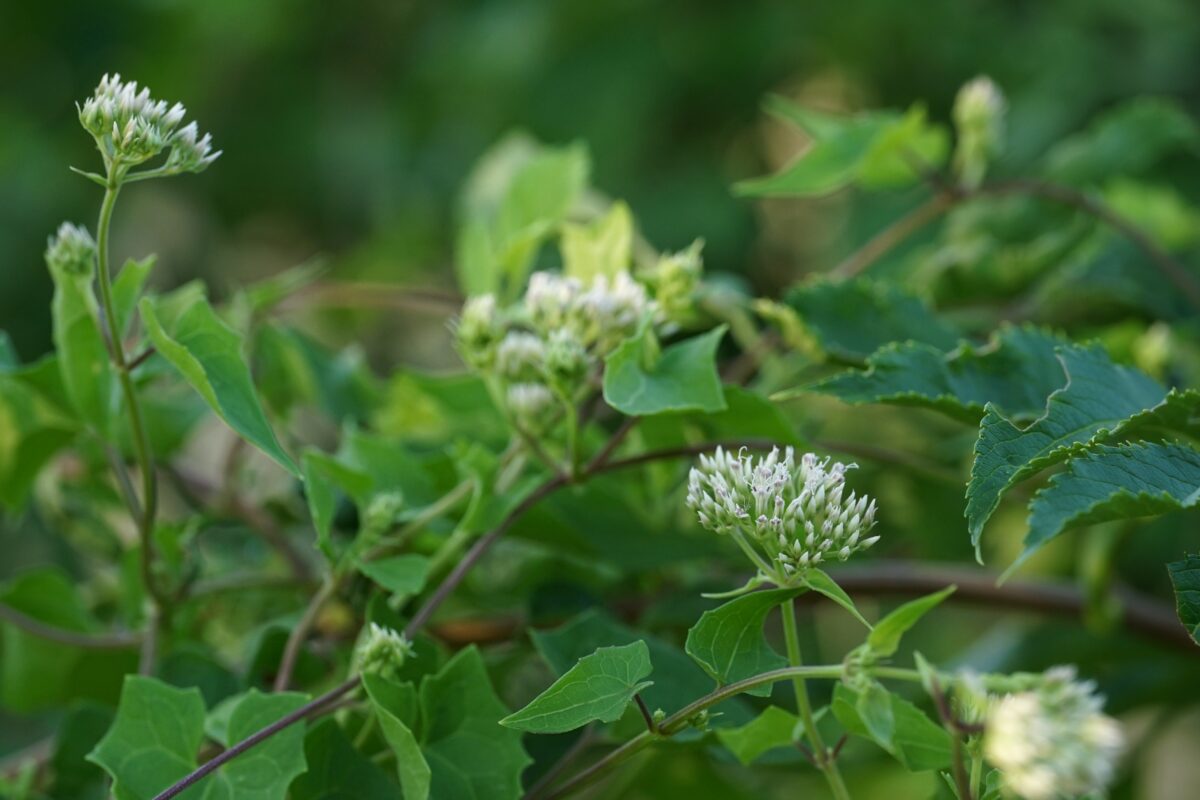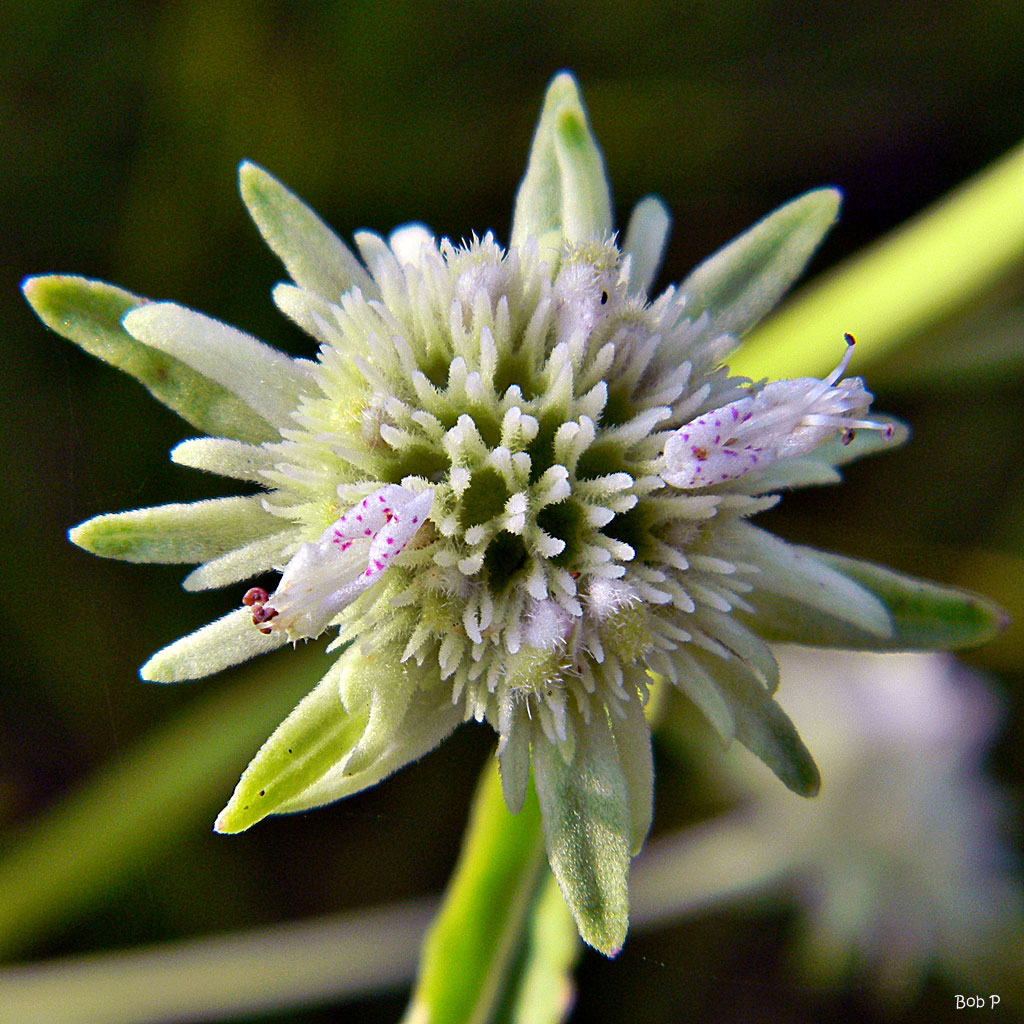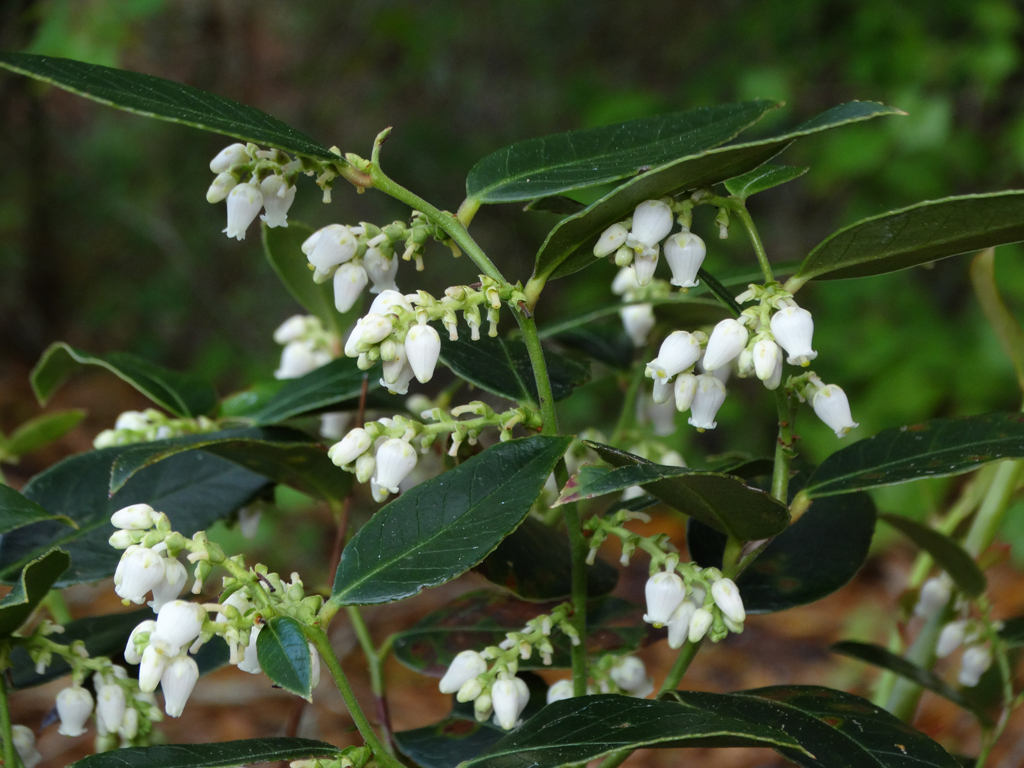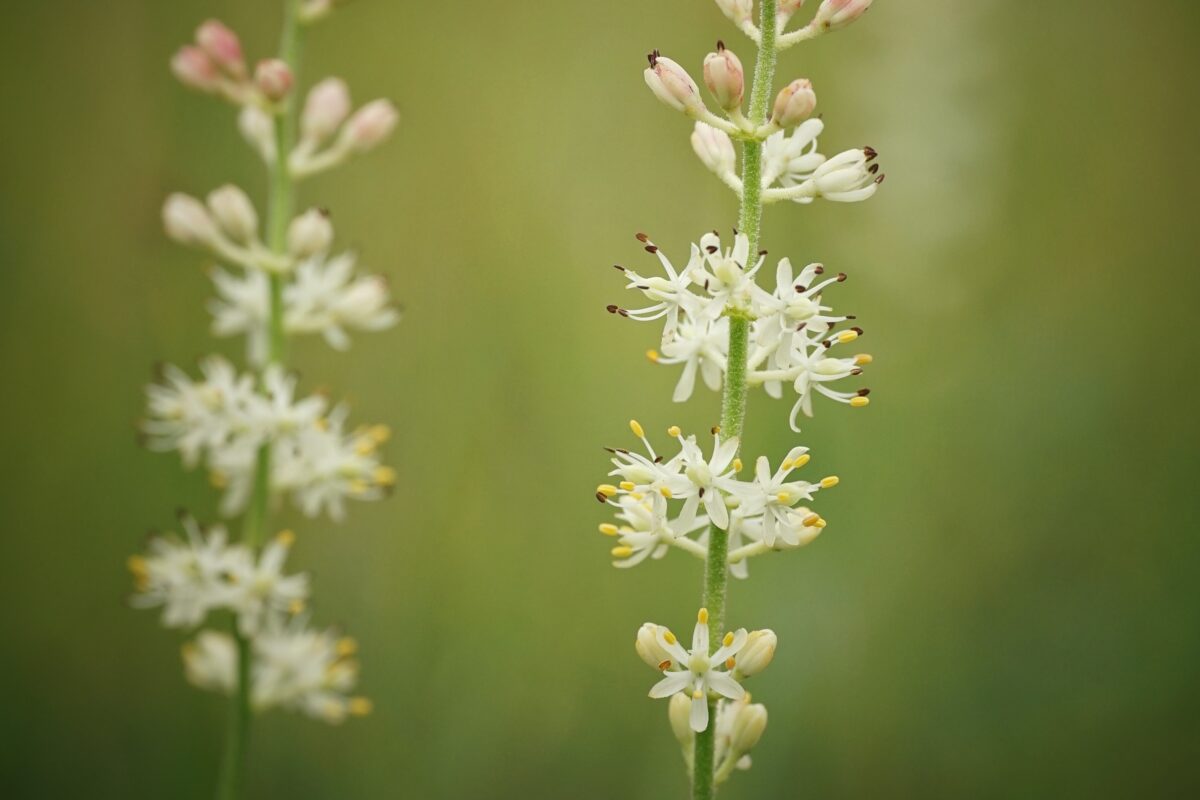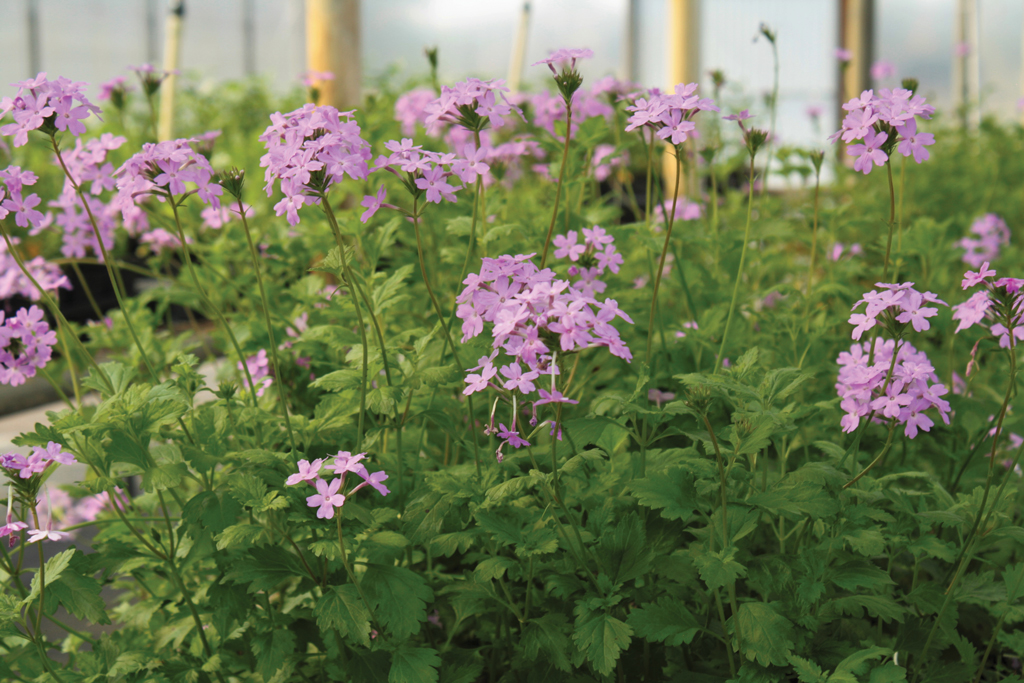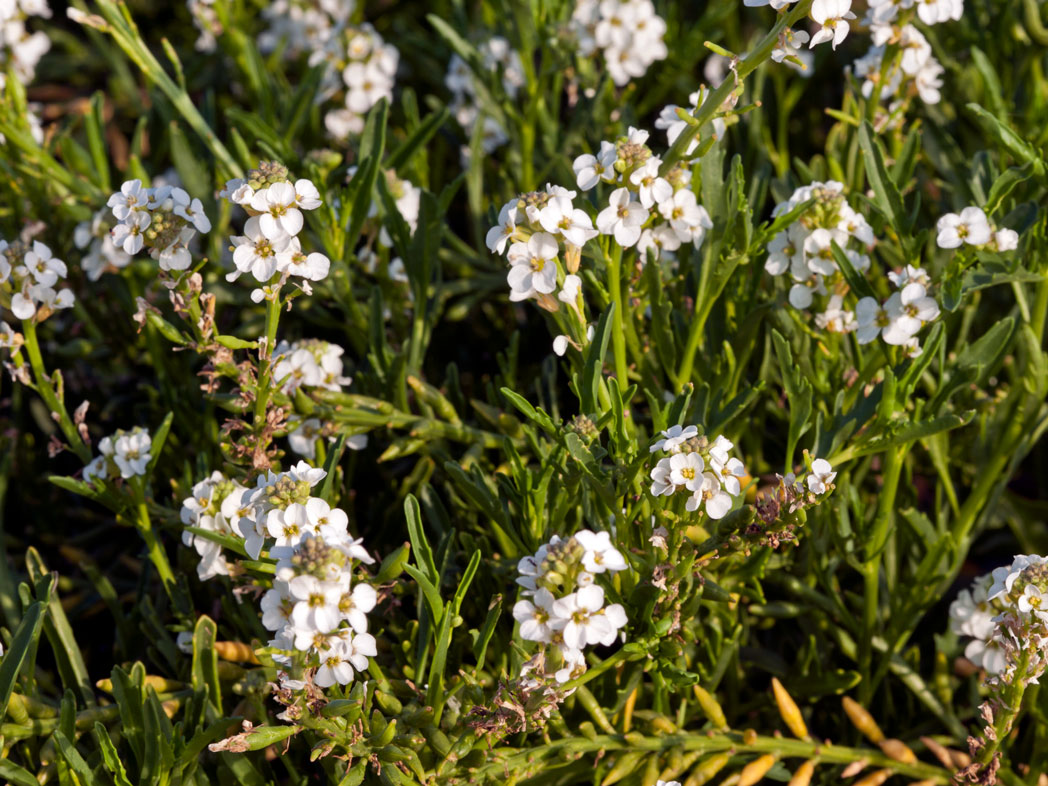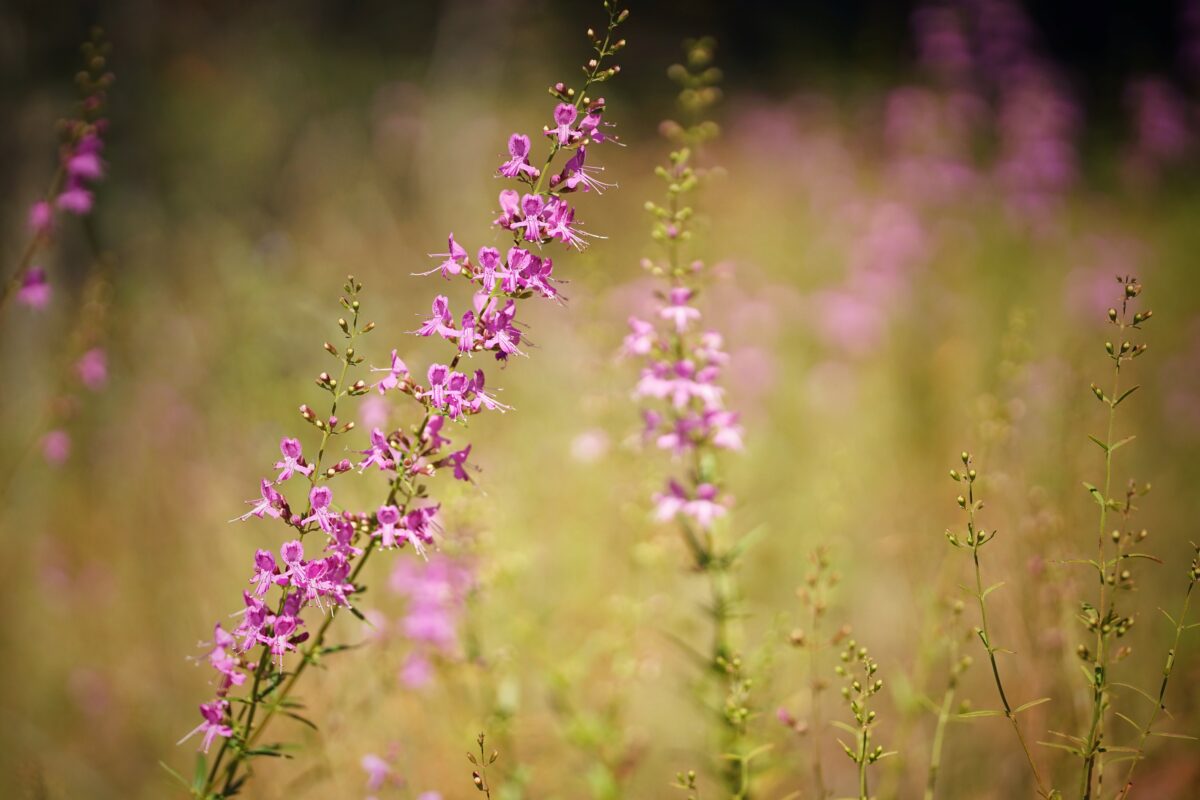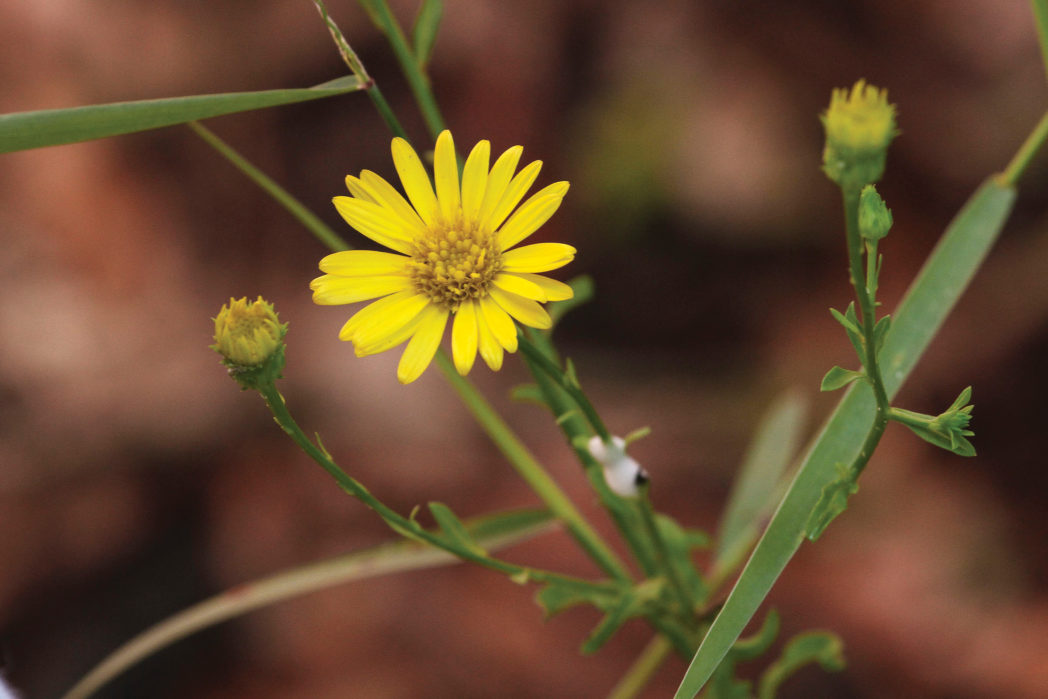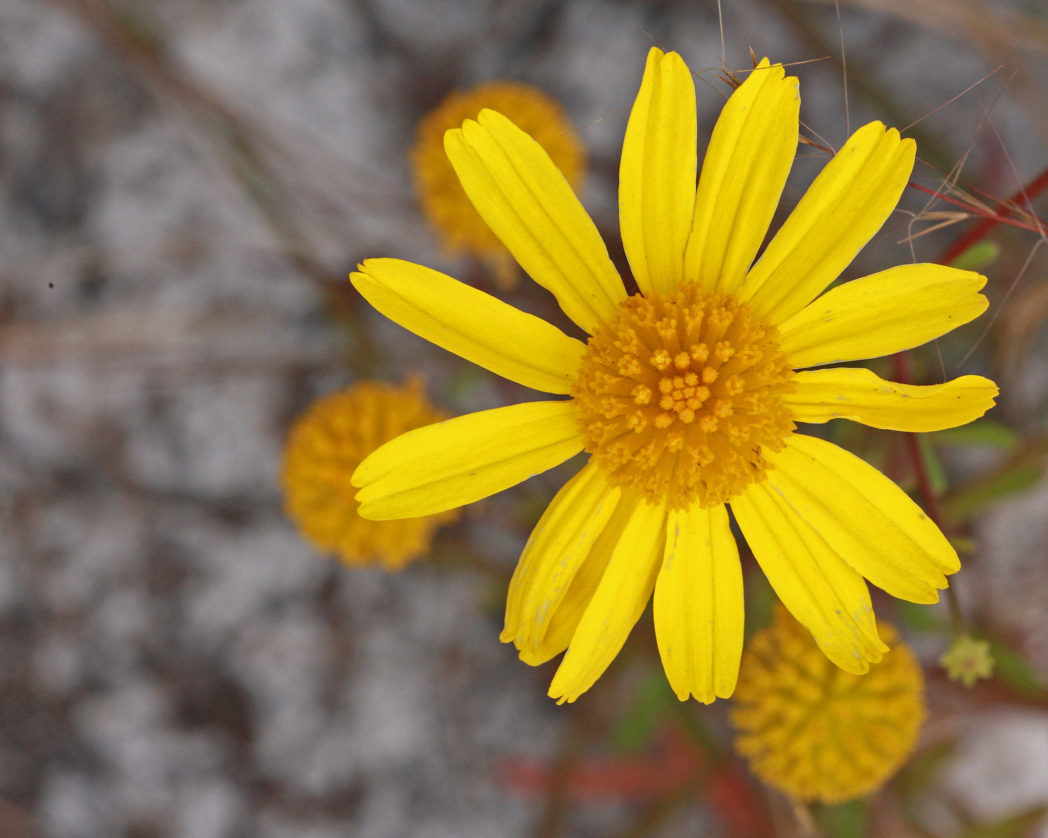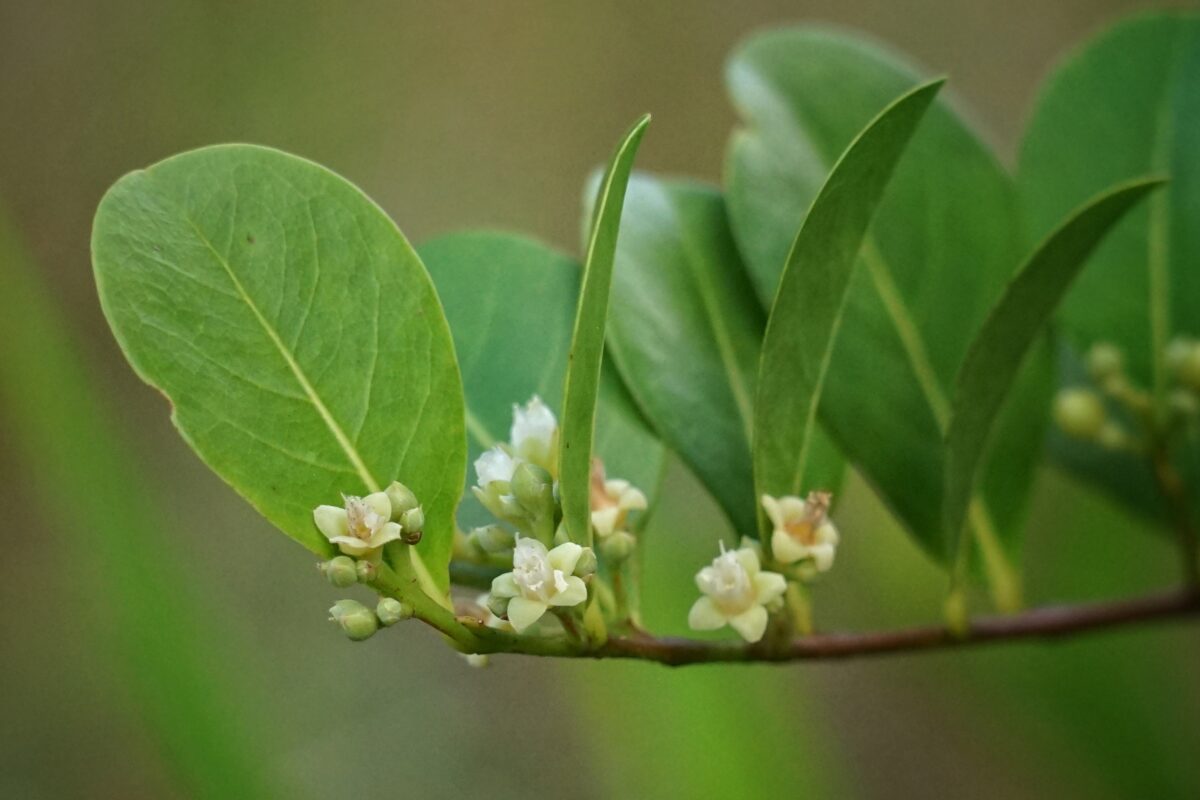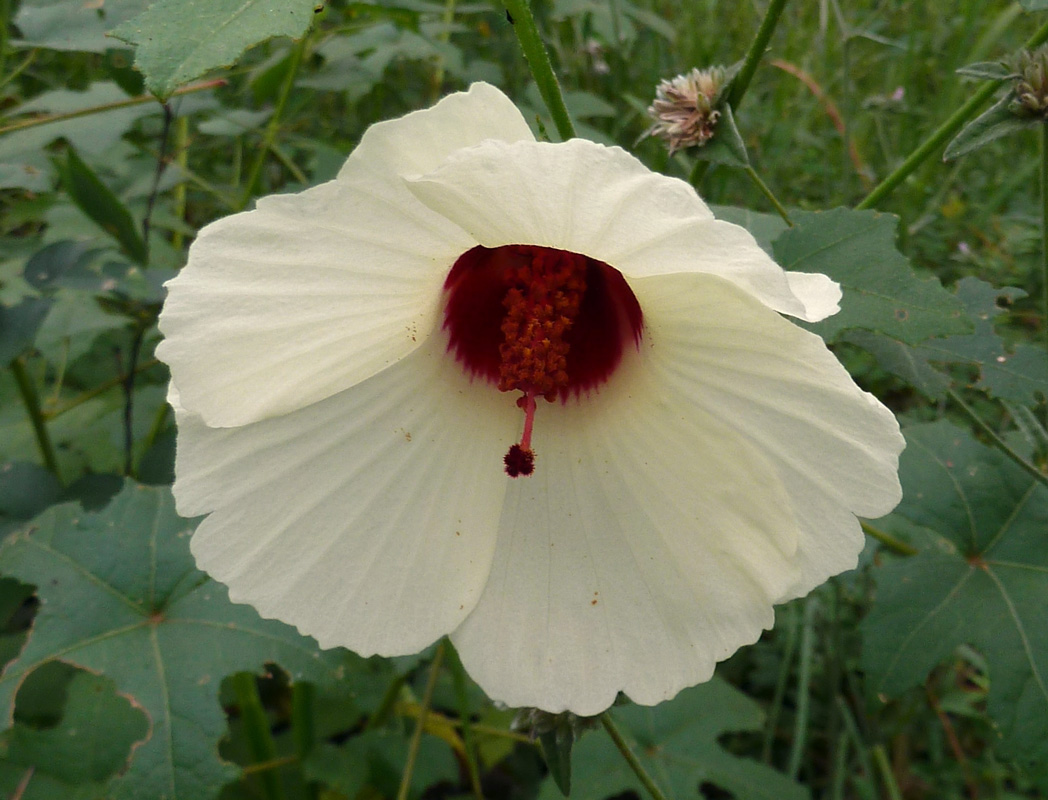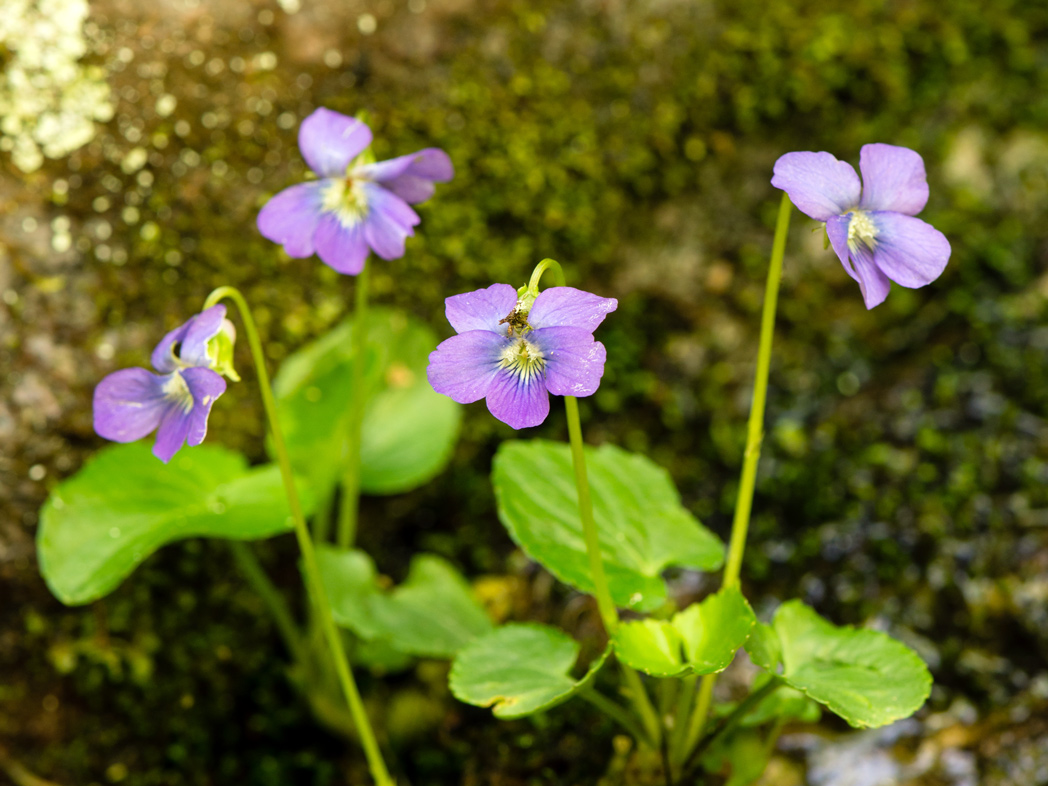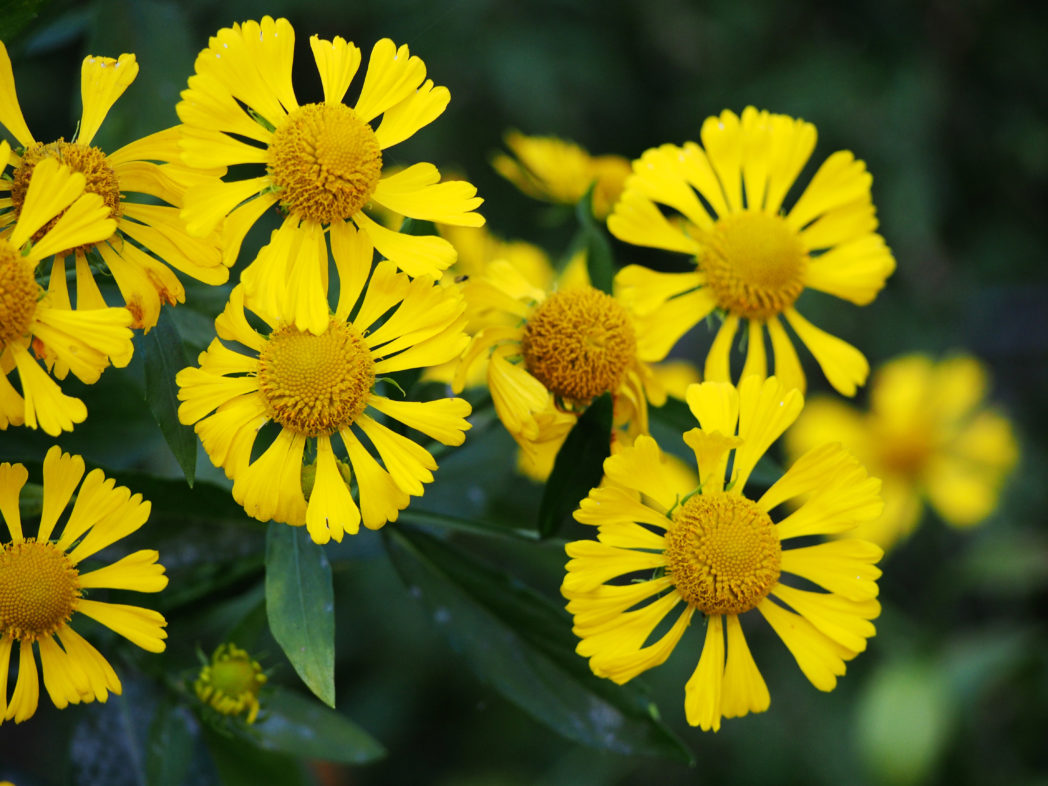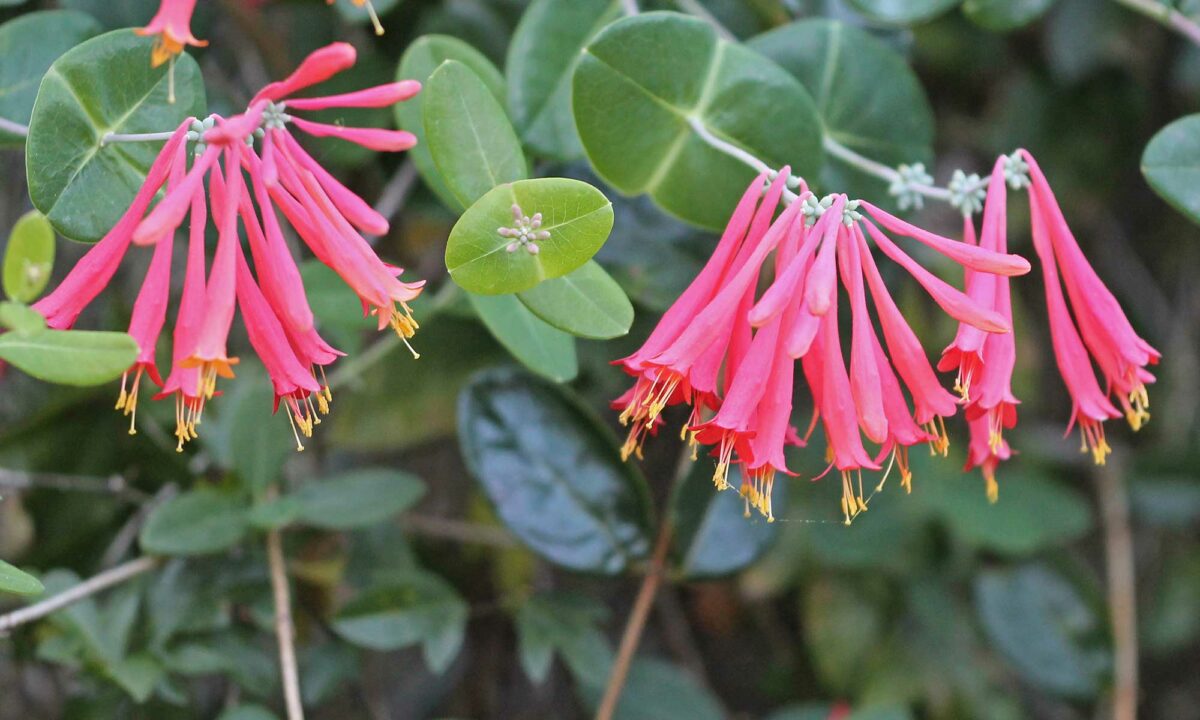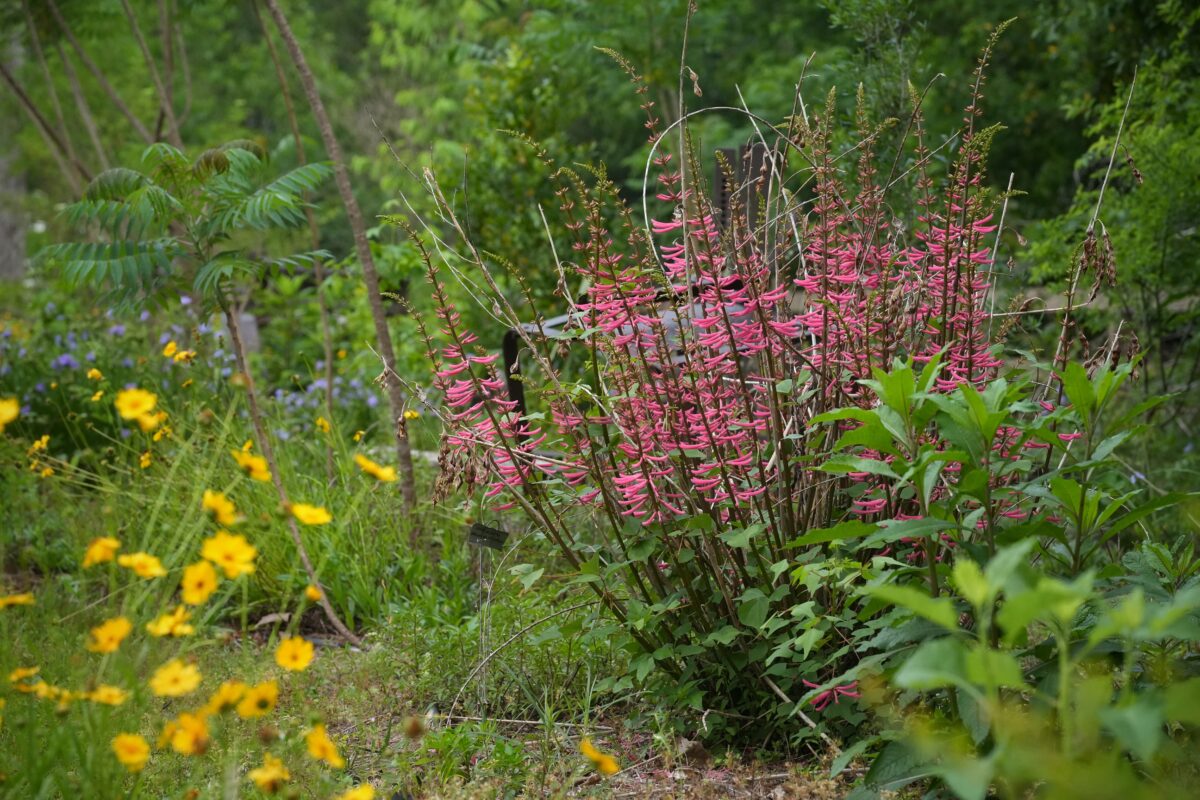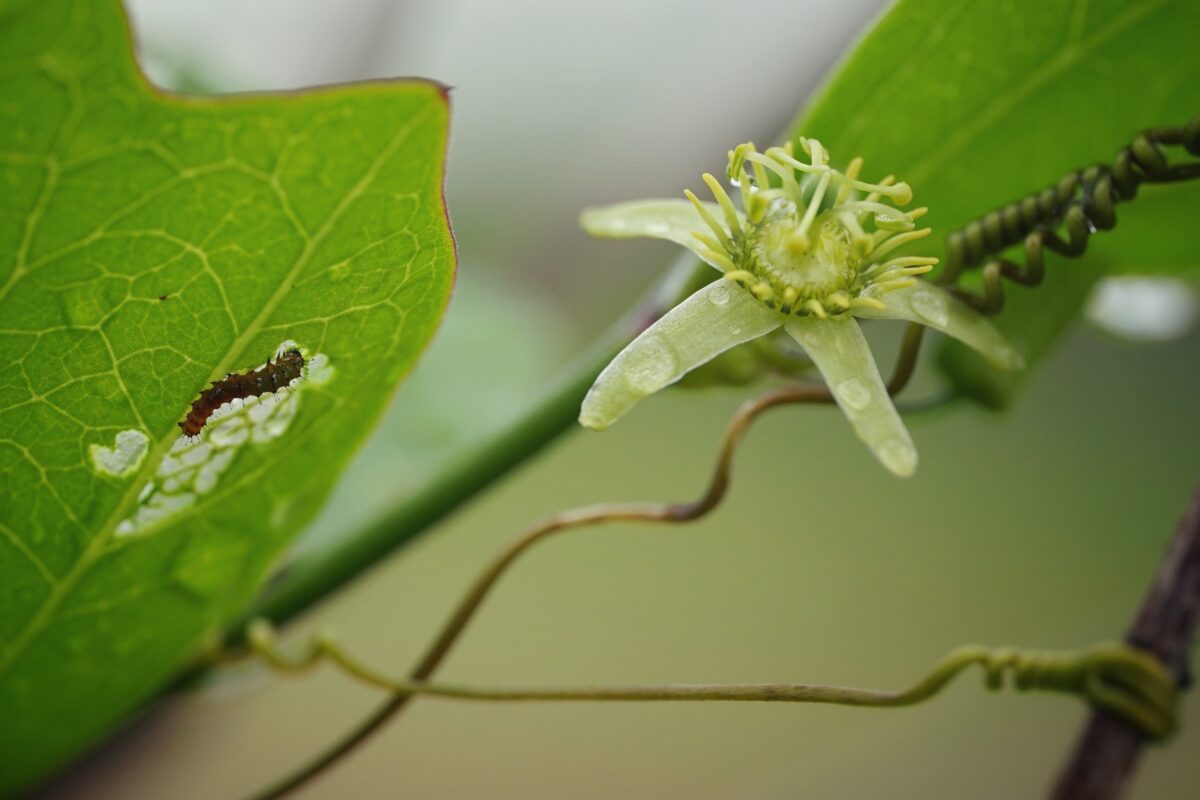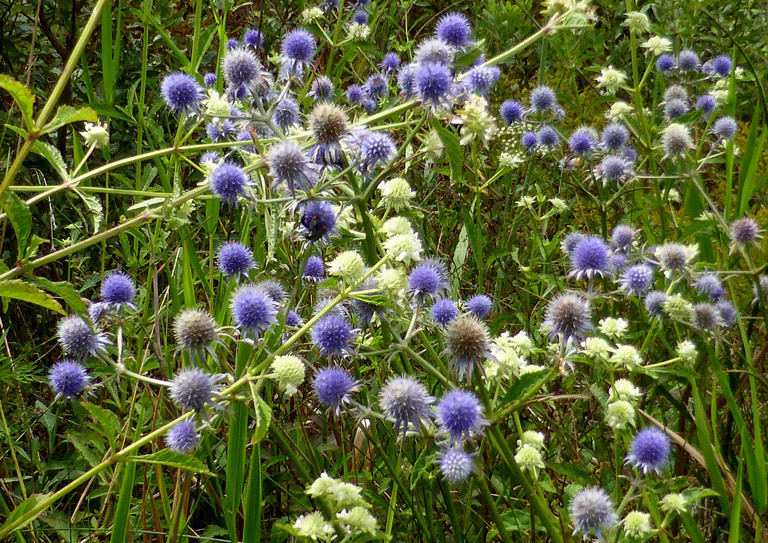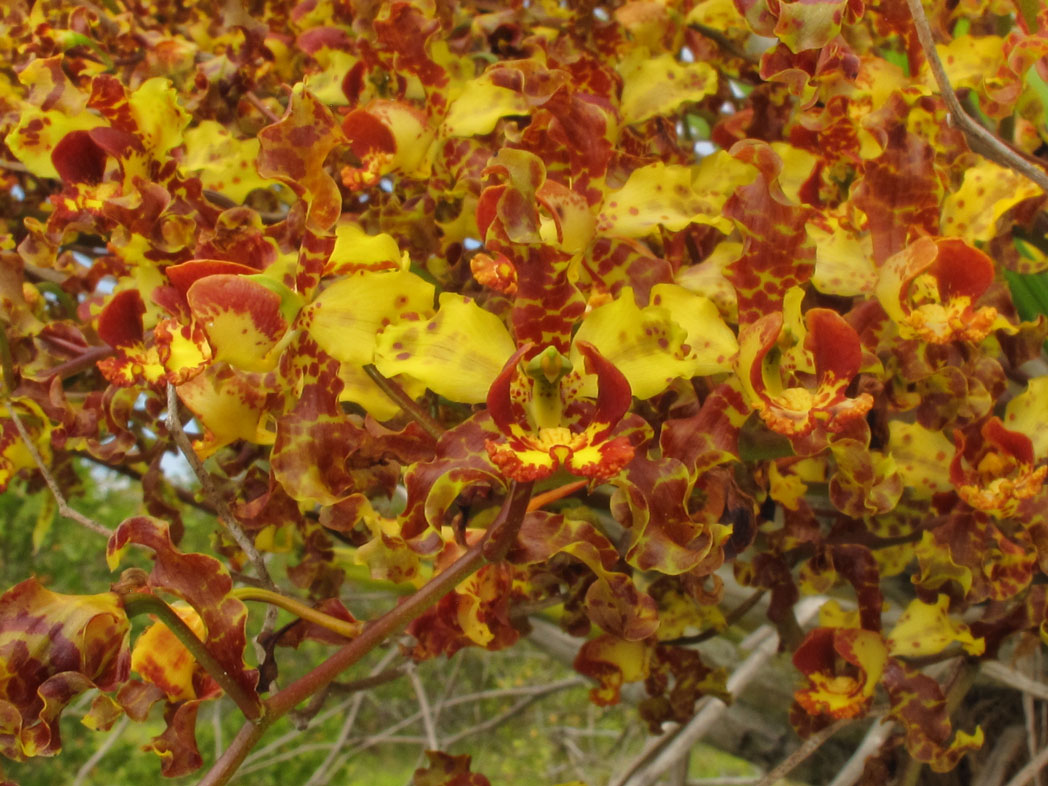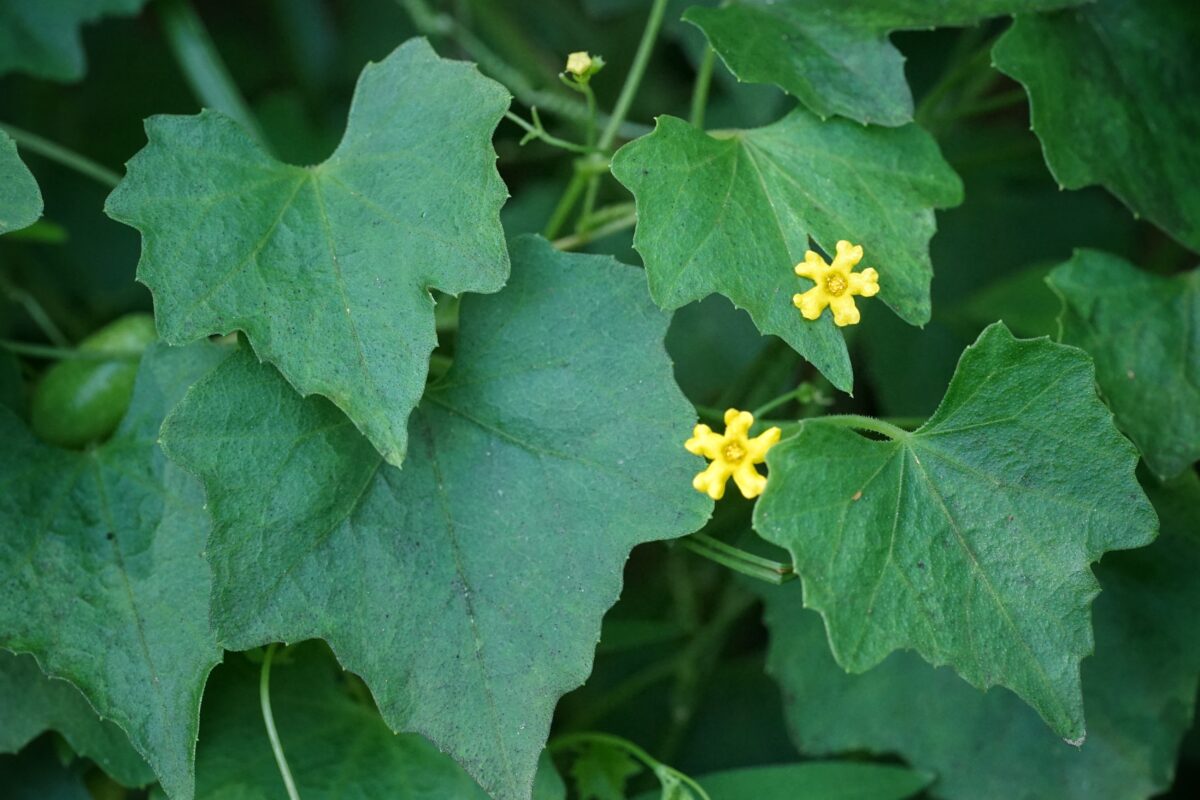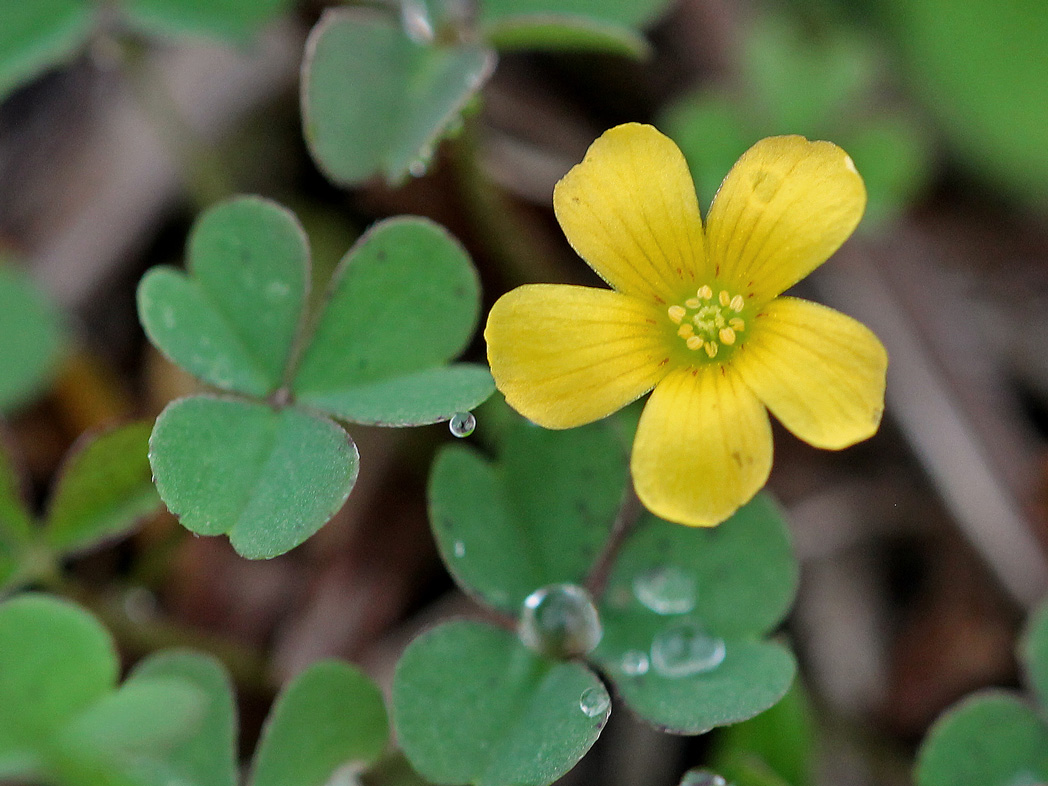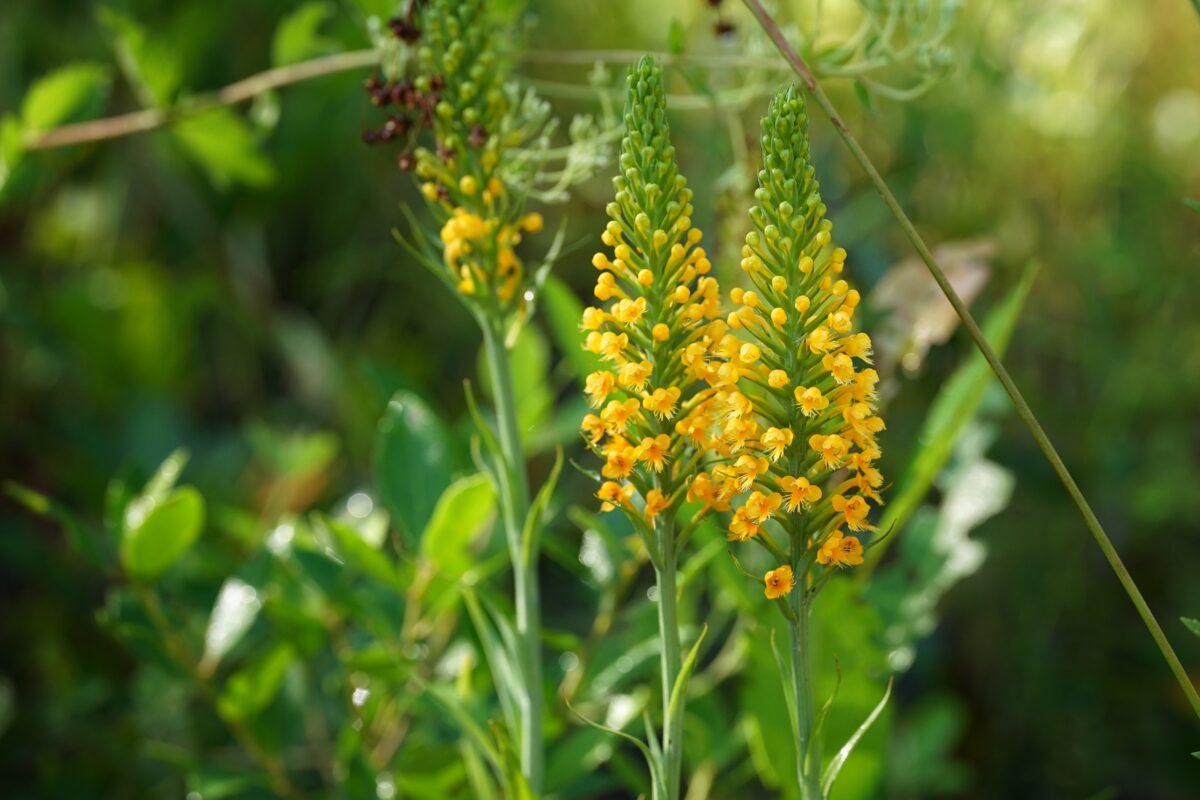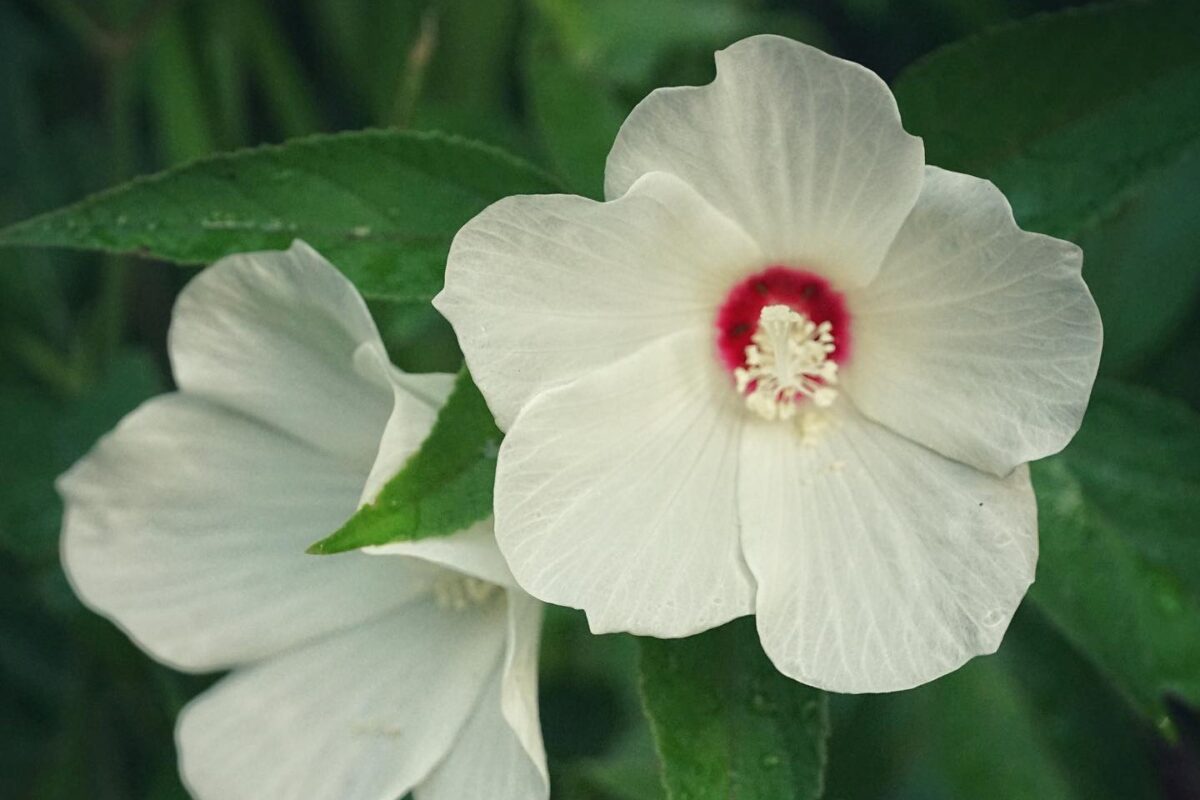Climbing aster
Climbing aster (Ampelaster carolinianus) is a robust vine-like shrub that produces many fragrant daisy-like lavender to pinkish blooms. It is an excellent nectar source for many butterflies and bees.
Climbing fetterbush
Climbing fetterbush (Pieris phyllyreifolia) is an evergreen vine-like shrub found in swamps, moist pinelands, upland mixed forests and sandhills in the Panhandle and several peninsular counties.
Climbing hempvine
Climbing hempvine is a lovely herbaceous vine that can be found rambling among low-growing vegetation along the edges of wet forests, prairies and marshes. It packs some powerful wildlife value as a larval host for the Little metalmark butterfly, nectar source for a diversity of pollinators, and nutritious forage for herbivorous mammals.
Clustered bushmint
Clustered bushmint (Hyptis alata) occurs naturally along pond and swamp margins, in moist roadside ditches, and in wet prairies and pinelands. It typically blooms spring through fall, but may bloom year-round. The small flowers attract a variety of pollinators, including bees, butterflies, wasps and occasionally hummingbirds. When crushed, the plant emits a musky fragrance, giving it another common name, Musky mint.
Coastal doghobble
Coastal doghobble (Leucothoe axillaris) has interesting evergreen foliage and showy flowers keep it attractive throughout the year. Its spring flowers are pollinated primarily by bees.
Coastal false asphodel
Coastal false asphodel (Triantha racemosa) is a delicate summer wildflower that inhabits open pine savannahs, bogs and seepage slopes.
Coastal mock vervain
Coastal mock vervain (Glandularia maritima) is a state-listed endangered wildflower endemic to Florida’s east coast. It blooms year-round, although the most prolific flowering occurs in spring and summer.
Coastal searocket
Coastal searocket (Cakile lanceolata) is a charming little wildflower found on dunes and strands in many of Florida’s coastal counties. The flowers attract bees and butterflies.
Coastalplain balm
Coastalplain balm (Dicerandra linearifolia) is a striking wildflower found in sandhill and scrub habitats. When in bloom, a single plant may have up to 100 or more bright to pale pink flowers.
Coastalplain goldenaster
Coastalplain goldenaster (Chrysopsis scabrella) occurs naturally in sandhills, scrub, flatwoods and ruderal areas. It typically blooms from late summer into late fall but can bloom year-round.
Coastalplain honeycombhead
Coastalplain honeycombhead (Balduina angustifolia) occurs in sandhills, scrub, dunes, and pine and scrubby flatwoods. Its showy, golden blooms attract a variety of butterflies, bees and other pollinators.
Cocoplum
Cocoplum (Chrysobalanus icaco) produces flowers and fruits throughout the year. Its dense foliage and substantial fruit provide cover and food for many birds and small wildlife and its flowers attract pollinators.
Comfortroot
Comfortroot (Hibiscus aculeatus) is a large perennial wildflower with showy cream-colored flowers. They typically bloom late spring through fall and attract many pollinators, especially bees.
Common blue violet
Common blue violet (Viola sororia) is aptly named as it is the violet that is most common throughout Florida and is often seen in cultivated lawns.
Common sneezeweed
Common sneezeweed (Helenium autumnale) is an herbaceous perennial with cheerful yellow flowers. It typically blooms spring through fall, attracting moths, butterflies, bees and other pollinating insects.
Coral honeysuckle
Coral honeysuckle (Lonicera sempervirens) flowers are attractive to many butterflies, and hummingbirds find them irresistible. Birds such as Northern cardinals enjoy the bright red berries.
Coralbean
Coralbean (Erythrina herbacea ) is a deciduous to evergreen woody shrub. It produces red tubular flowers that attract hummingbirds and butterflies.
Corkystem passionflower
While Corkystem passionflower (Passiflora suberosa) may not have the showiest flowers in its family, it is known for being one of the best at attracting butterflies!
Corn snakeroot
Corn snakeroot (Eryngium aquaticum) typically blooms summer through late fall. Its spiny blue to lavender flowers attract a plethora of pollinators, especially bees.
Cowhorn orchid
Cowhorn orchid (Cyrtopodium punctatum) is a stunning epiphytic wildflower that occurs in swamps and coastal uplands in South Florida. It typically grows on Cypress (Taxodium spp.) and Buttonwood (Conocarpus erectus) trees. Florida’s once-abundant population was largely depleted in the early 20th century due to overcollection and habitat destruction. It is now a state-listed endangered species. The plant blooms in late winter through spring, with peak blooming in May.
Creeping cucumber
Creeping cucumber (Melothria pendula) is a delicate vine that creeps along the forest floor. Blooming in summer through fall, it produces tiny yellow flowers and miniature watermelon-looking fruits.
Creeping woodsorrel
Creeping woodsorrel (Oxalis corniculata) is a ground-hugging native with distinct clover-like leaves and sunny yellow flowers. It flowers and fruits mostly in spring, but may bloom year-round.
Crested fringed orchid
Crested fringed orchid (Platanthera cristata ) is a state-threatened terrestrial orchid found in wet prairies, seepage bogs, ditches and wet pine flatwoods. Its bright yellow to light orange flowers bloom in summer, peaking in August.
Crimsoneyed rosemallow
In early to mid-summer, North Florida wetlands and roadside ditches are adorned with the big brilliant white flowers of Crimsoneyed rosemallow (Hibiscus moscheutos). This wildflower blooms profusely and has an abundance of wildlife value.

